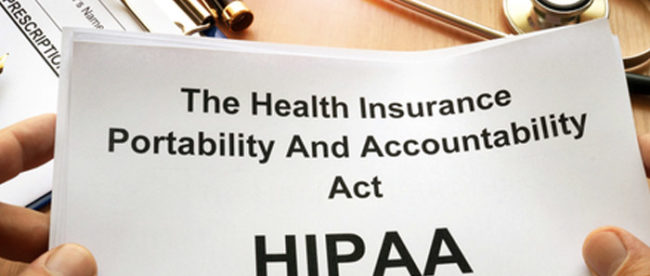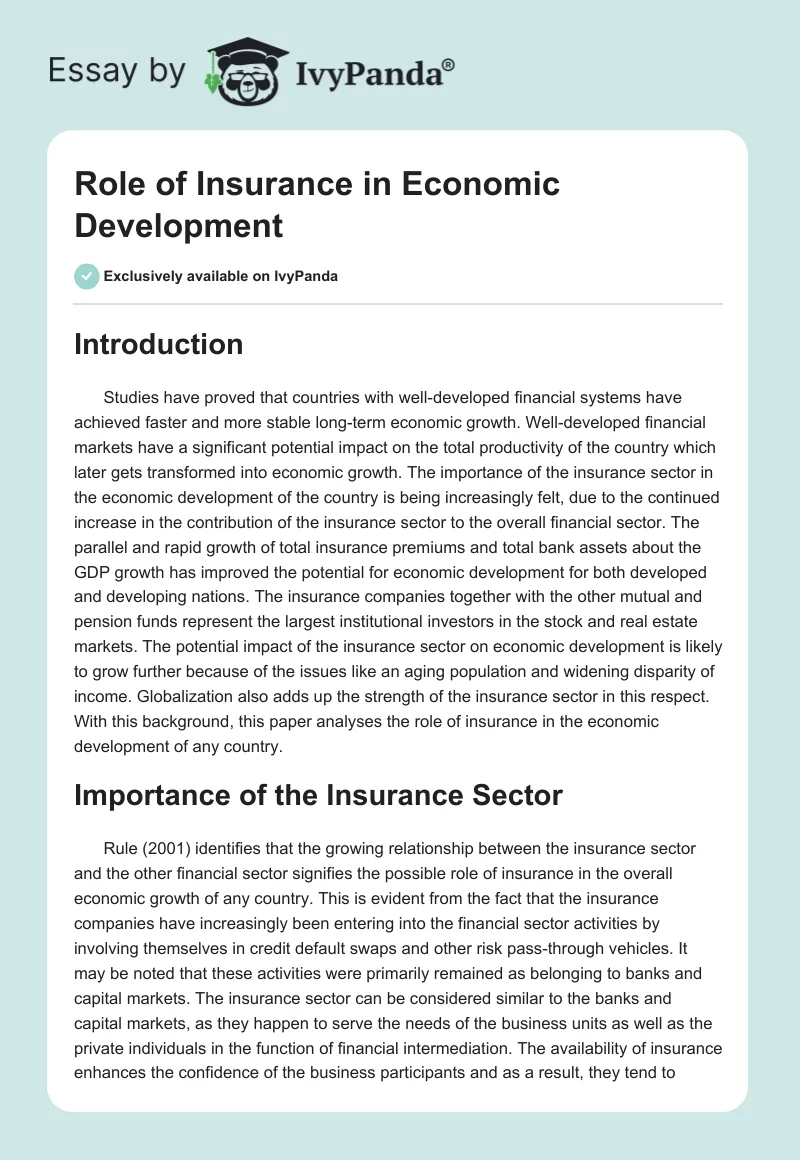Pacific Prime - Truths
Pacific Prime - Truths
Blog Article
Some Known Incorrect Statements About Pacific Prime
Table of ContentsWhat Does Pacific Prime Mean?The 20-Second Trick For Pacific PrimeA Biased View of Pacific PrimeUnknown Facts About Pacific PrimeThe 25-Second Trick For Pacific Prime

This is because the information were accumulated for a period of solid financial efficiency. Of the estimated 42 million individuals who were uninsured, almost concerning 420,000 (about 1 percent) were under 65 years of age, the age at which most Americans come to be eligible for Medicare; 32 million were grownups between ages 18 and 65, about 19 percent of all grownups in this age; and 10 million were kids under 18 years old, about 13.9 percent of all children (Mills, 2000).
These price quotes of the number of individuals without insurance are generated from the yearly March Supplement to the Current Population Survey (CPS), conducted by the Census Bureau. Unless or else noted, national quotes of individuals without medical insurance and proportions of the population with various sort of protection are based upon the CPS, one of the most extensively made use of resource of quotes of insurance protection and uninsurance prices.
9 Easy Facts About Pacific Prime Explained

Still, the CPS is particularly helpful because it produces yearly estimates reasonably promptly, reporting the previous year's insurance policy protection approximates each September, and due to the fact that it is the basis for a constant set of estimates for greater than two decades, permitting for evaluation of patterns in protection over time. For these reasons, along with the substantial use the CPS in other research studies of insurance coverage that are offered in this report, we count on CPS quotes, with limitations kept in mind.

The quote of the number of without insurance people broadens when a population's insurance condition is tracked for several years. Over a three-year duration starting early in 1993, 72 million people, 29 percent of the U.S. https://gravatar.com/pacificpr1me. populace, lacked protection for at the very least one month. Within a solitary year (1994 ), 53 million people experienced a minimum of a month without insurance coverage (Bennefield, 1998a)
Six out of every 10 uninsured adults are themselves used. Working does boost the probability that one and one's family participants will have insurance policy, it is not an assurance. Also members of family members with 2 full-time breadwinner have practically a one-in-ten opportunity of being uninsured (9.1 percent without insurance rate) (Hoffman and Pohl, 2000).
Pacific Prime Fundamentals Explained
New immigrants account for a substantial percentage of individuals without medical insurance. One evaluation has actually attributed a considerable part of the current development in the dimension of the united state without insurance population to immigrants who showed up in the country between 1994 and 1998 (Camarota and Edwards, 2000). Current immigrants (those that came to the USA within the previous 4 years) do have a high rate of being uninsured (46 percent), however they and their kids represent simply 6 percent of those without insurance coverage across the country (Holahan et al., 2001).
The connection in between medical insurance and access to care is well developed, as recorded later on in this chapter. Although the connection in between health insurance coverage and health outcomes is neither straight neither straightforward, a substantial medical and health and wellness services research literature links health insurance protection to better accessibility to care, much better high quality, and boosted individual and population health and wellness condition.
Levels of evaluation for examining the effects of uninsurance. It concentrates particularly on those without any type of health and wellness insurance coverage for any kind of size of time.
What Does Pacific Prime Mean?
The issues faced by the underinsured are in some areas comparable to those dealt with by the uninsured, although they are usually less serious. Wellness insurance, nonetheless, is neither required nor adequate to acquire accessibility to medical services. The independent and straight effect of wellness insurance coverage on access to health solutions is well established.
Others will certainly acquire the health treatment they need also without medical insurance, by spending for it expense or seeking it from providers that provide care cost-free or at extremely subsidized rates. For still others, medical insurance alone does not make certain receipt of care due to other nonfinancial obstacles, such as a lack of investigate this site health treatment suppliers in their area, restricted access to transportation, illiteracy, or linguistic and social distinctions.
Pacific Prime for Dummies
Formal study concerning without insurance populations in the United States dates to the late 1920s and early 1930s when the Committee on the Expense of Healthcare generated a collection of records concerning funding physician office sees and hospital stays. This concern came to be significant as the varieties of clinically indigent climbed up throughout the Great Clinical depression.
Report this page